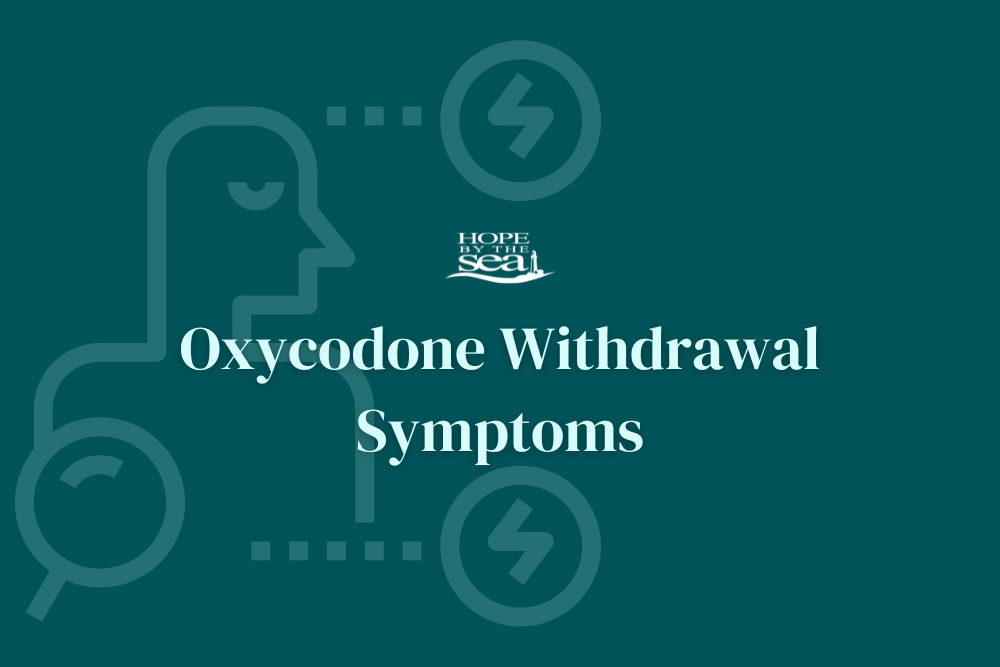People who rely on oxycodone to manage pain should recognize that it’s an opioid, and therefore has a high potential for addiction and abuse. In an attempt to curb the nationwide opioid epidemic, over half of U.S. states have implemented stringent restrictions on prescribing or dispensing these medications. Some states now limit the amount of opioid drugs health providers can prescribe to only three or four days, due to the increased awareness of how addictive they can be.
What Causes Addiction and Withdrawal?
Oxycodone and other opioids bind to receptors in the brain, which causes the euphoric feelings associated with drug use. In the presence of drugs, your brain will adapt, rewiring its pleasure and reward pathways to create a powerful association between opioid use and satisfaction. Eventually, you will need to take more oxycodone to experience the same effects – a phenomenon called tolerance. You’ll also start craving drugs when you are sober.
Tolerance and cravings are the first steps on the path to a substance use disorder. Once you are physically and psychologically dependent on opioids, it will be difficult for you to derive enjoyment from other things. At this point, when you try to taper off or quit completely, you will experience uncomfortable and even dangerous withdrawal symptoms like these.
- Flu-like body aches, joint pain and chills
- Stomach and muscle cramps
- Insomnia
- Irritability, mood swings and anxiety
- Nausea, vomiting and diarrhea
- Suicidal thoughts
- Excessive yawning
- High blood pressure
Do You Need Medically Supervised Detoxification?
If you’ve taken oxycodone for a week or less, you should have no problem stopping once you run out of your prescribed course. However, if you’ve used this drug for more than two weeks, you should quit taking it as soon as possible to prevent addiction and other possibly severe consequences.
Trying to stop taking opioids at home with no support is a risky proposition because withdrawal symptoms like vomiting, high blood pressure and suicidal ideation can be severe. When you are ready to quit taking oxycodone, a medically managed detox program is the safest, most reliable way to do so.
The goal of detox is to clear your body and mind of all traces of addictive substances, ensuring you are stable enough to move into the extended-care phase of addiction recovery. In detox, a team of experienced health professionals will monitor your physical and emotional symptoms 24/7 and guide you through each step of the process.
How to Break the Cycle of Oxycodone Addiction
Quitting oxycodone is challenging, but success is possible if you complete a qualified detoxification program and the subsequent steps of a comprehensive continuum of care. At Hope by the Sea, you can learn coping strategies, relapse prevention techniques and drug-free alternatives for managing chronic pain. In addition to extended care, we offer outpatient programming.
To learn more about our family-owned California addiction treatment center, make your confidential call for help today.

